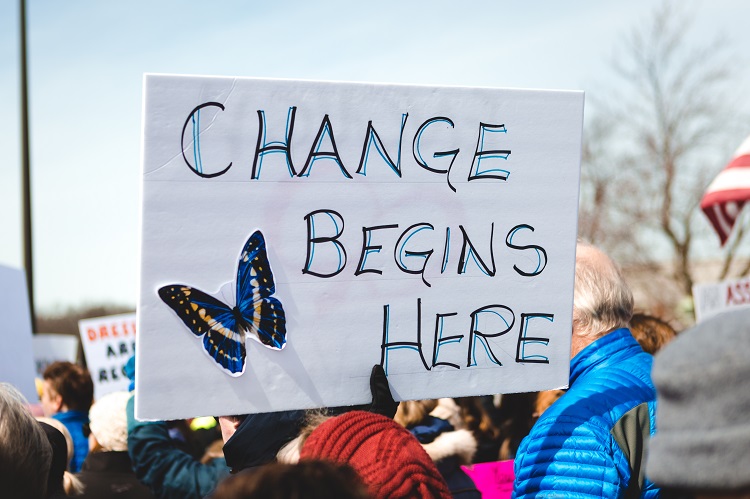In the 1930’s, the coined phrase “It’s a duesy” meant exceptionally good, simply awesome. The phrase came from the automobile company Duesenberg, makers of the world’s finest luxury and race cars. At the same time the well-to-do drove Duesy’s up and down Park Avenue, the Social Security Act was passed and sold by politicians as an old-age insurance. The first checks were sent out in 1937. When the Social Security Act was challenged (Helvering v. Davis, 1937) in the Supreme Court, the Roosevelt Administration switched their argument of providing the American people insurance and rather called it a tax. Thus FDR avoided another unfavorable unconstitutional decision which had plagued his progressive New Deal agenda. It also may have been a self-preservation decision by the Supreme Court to save itself as FDR wanted to strong arm the court by packing it with his own justices. Besides, who needed the Constitution when Social Security was popular with Congress and the American people? Yet history aside, for most of us, we still believe Social Security is a pension fund where we place money in a government piggy bank in hopes to receive these funds later when we retire.
Many Americans fail to understand there is no system set up by the government to invest their money or to provide any return on investment. The money you think you stored in the government “lock box” simply is paid out to current social security benefactors. There is no assurance we will be able to receive social security benefits when we retire. Instead we are given only an empty promise we will receive the money when we turn 65 years old. In the private sector this is known as a Ponzi scheme, but in Washington this is known as good politics. Ponzi schemes pay investors from new capital paid by new investors, rather than from profits earned. Bernie Madoff was sentenced to a lifetime in prison for such a scheme. Like Madoff’s investment firm, one day social security funds will run out too. Due to demographic changes, such as decreased fertility rates, dismal work participation rates, and an aging population, the Social Security system is near collapse. When Social Security started in 1937 the ratio that supported the system was over 40 workers for one social security recipient. By 2005 that number was 3 workers for every Social Security recipient. By 2037 it will be under two workers for one retiree, the year when the Congressional Budget Office projects the system will collapse. That means that my generation will only be in our early 40s, paying for benefits that we will not receive ourselves.
[pq]There is no assurance we will be able to receive social security benefits when we retire.[/pq]
Not only will Social Security not pay in the future, when it does provide benefits to current retirees, it gives subpar returns. According to the St. Louis Federal Reserve, “over 99 percent of the U.S. population would have earned a greater return by investing in the S&P 500, and over 95 percent would have earned a greater return by investing in 6-month CDs relative to the current Social Security system.” In addition to subpar returns, the Social Security tax has an adverse effect on the poor. Social Security is a regressive tax imposing a higher impact on the poor than on the wealthy capping garnishments at the first $106,800 earned. Social security takes more savings potential away from the poor than the wealthy. When human nature is added into the equation the system seems to promote a person to minimize payments into the system and maximize benefits when retiring. Instead of fighting to change social security’s regressive impact and poor return on investment for the working poor, socialist and Democratic presidential candidate Bernie Sanders has promoted the system and explicitly intends to increase the scope of Social Security.
Yet there are ways out of this flawed system. Similar to America’s Social Security problem, Chile was running low on their own retirement fund in the late 1970s. Instead of kicking the can down the road and raising payroll taxes, raising age requirements, and decreasing benefits as our politicians only propose to do, Chile sought to face the problem head on. Chile decided to link contributions into the system with benefits and allowed taxpayers to choose whether to stay in the current system or to put their tax contribution into an individual retirement account. According to the CATO Institute, 93 percent of Chileans decided to enter the individual retirement account system. By choosing the new system, the citizens of Chile demonstrated they could make better decisions for themselves than government elites. According to Frontpage Magazine, Chilean workers averaged a return of over 9 percent over inflation while our Social Security has provided a return less than 2 percent above inflation.
Americans should demand restraint from the heavy hand of government. Shifting to a system similar to the Chilean model would be a great step in restoring economic liberty and prosperity. Instead, our current system is a burden to our labor force and will run out for those currently enrolled in college well before we retire. Thomas Jefferson once said, “I predict future happiness for Americans, if they can prevent the government from wasting the labors of the people under the pretense of taking care of them.” It is ironic that by the end of the Second World War, the finest luxury car—the Duesenberg—was bankrupt and replaced by other manufacturers who knew how to read the market. Today, the term “duesy” (or “doozy”) now means “spectacularly bad” or “fraught with bad luck” such as, “watch out for the first step, it’s a duesy.” Or that “black eye is going to be a duesy.”
Social Security is facing market pressures and may be destined to a similar fate as the Duesenberg Auto Company. My only hope is that someday my generation’s retirement years, on the other hand, will not prove to be a tragic duesy.


